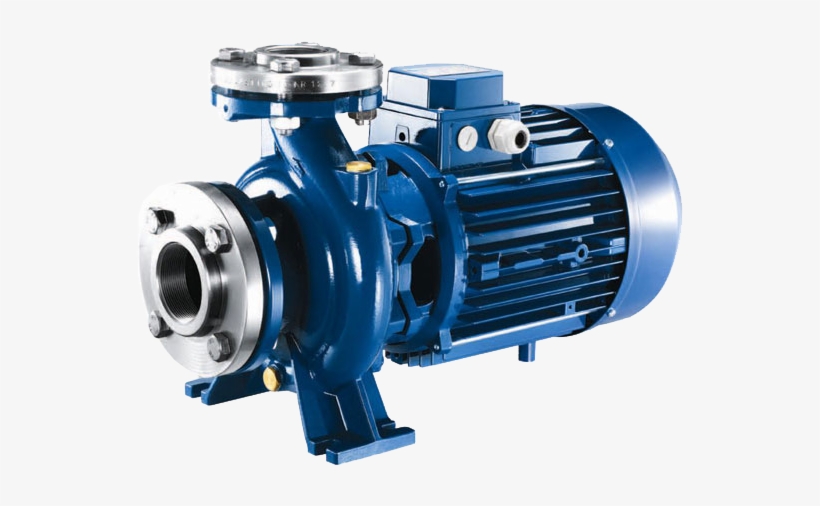1. Introduction to Fire Water Pumps
Fire water pumps are crucial components in firefighting systems, providing the necessary water pressure and flow to suppress fires in emergency situations. These pumps are specifically designed to move water from a source, such as a reservoir, fire hydrant, or water tank, and deliver it to fire hoses or sprinklers. They play a critical role in both industrial and residential firefighting applications, ensuring a reliable and consistent water supply during a fire. The proper functioning of fire water pumps can make the difference between containing a fire quickly or allowing it to spread, which is why understanding their operation is essential for fire safety management.
2. Types of Fire Water Pumps
There are several types of fire water pumps, each designed for specific needs and applications. The most common types include centrifugal pumps, piston pumps, and diaphragm pumps.
- Centrifugal Pumps: These are the most widely used fire pumps due to their reliability and efficiency. They operate by using centrifugal force to increase water velocity and push it through pipes. These pumps are ideal for large-scale firefighting operations and are commonly found in fire stations and industrial plants.
- Piston Pumps: Unlike centrifugal pumps, piston pumps use a reciprocating motion to move water. These pumps are best suited for situations where high pressure is required, such as in fire sprinkler systems for high-rise buildings or in areas with weak water pressure.
- Diaphragm Pumps: Diaphragm pumps are known for their ability to handle thick, viscous fluids or liquids containing debris. While not as common for firefighting, they are sometimes used in specialized situations where the water source may be contaminated or when the pump needs to operate in challenging conditions.
Each type of pump has its advantages, and the selection depends on the specific requirements of the firefighting system, including the size of the area to be covered, the water source available, and the pressure needed.
3. Installation and Maintenance of Fire Water Pumps
Proper installation and maintenance are critical to ensuring that fire water pumps function optimally when needed most. Installation involves placing the pump near the water source and connecting it to the firefighting system, which typically includes pipes, hoses, and nozzles. The system should be designed to allow for easy access and regular maintenance.
Regular maintenance of fire water pumps is essential to prevent malfunctions during a fire emergency. This includes inspecting and lubricating moving parts, checking for leaks, and ensuring that the pump is free from debris or corrosion. Routine testing of the pump’s pressure and flow rate ensures that it will provide adequate water supply in the event of a fire. It is also important to keep the water source clean and free from contamination to avoid damaging the pump’s components.
In addition to regular maintenance, fire water pumps should be inspected by qualified professionals at least once a year to ensure that they are in top working condition and compliant with relevant fire safety standards.
4. Importance of Fire Water Pumps in Fire Safety Systems
Fire water pumps are integral to the success of modern fire safety systems, offering essential protection for both lives and property. In areas that lack municipal water supply or have limited access to hydrants, fire water pumps can serve as a reliable alternative for fire suppression. They ensure that firefighters have access to the necessary water supply to tackle fires effectively.
Moreover, the presence of fire water pumps in a facility or building can significantly reduce response times during a fire emergency. By ensuring a constant flow of water to fire hoses, sprinklers, and other fire suppression equipment, fire water pumps help contain fires before they escalate. In high-risk areas such as factories, chemical plants, or oil refineries, having a fire water pump system can be life-saving, offering an added layer of safety.
The effective use of fire water pumps not only ensures a rapid response but also minimizes property damage and protects valuable assets. For large industrial plants or high-rise buildings, a well-maintained fire water pump system can be the difference between a controlled fire and a disaster.
This overview of fire water pumps highlights their importance in firefighting operations and their role in protecting lives and property. By understanding the different types, installation, maintenance, and their significance in fire safety systems, individuals and businesses can ensure they are equipped with the best resources for fire prevention and emergency response.china fire fighting pump



